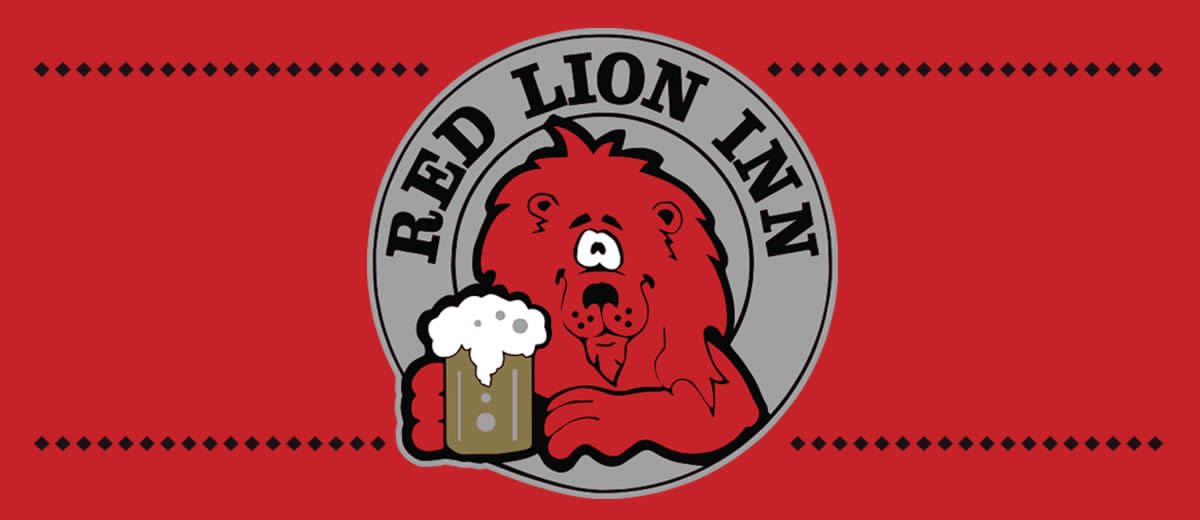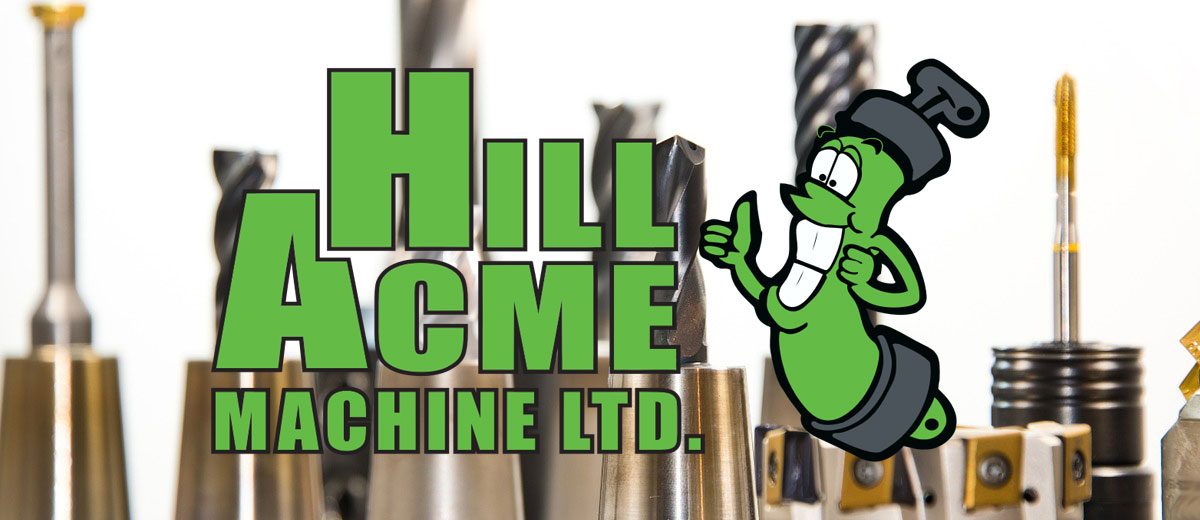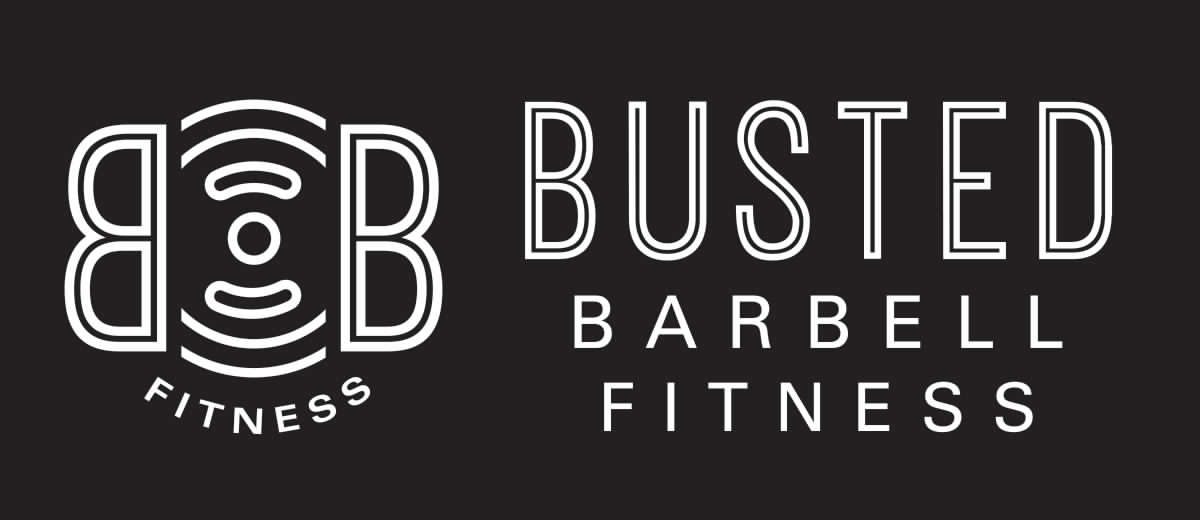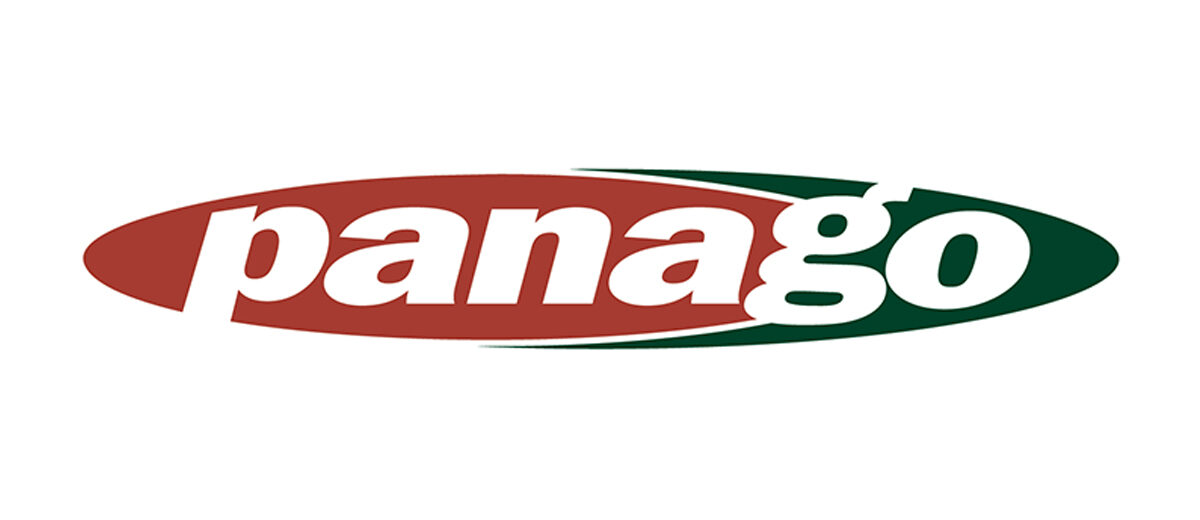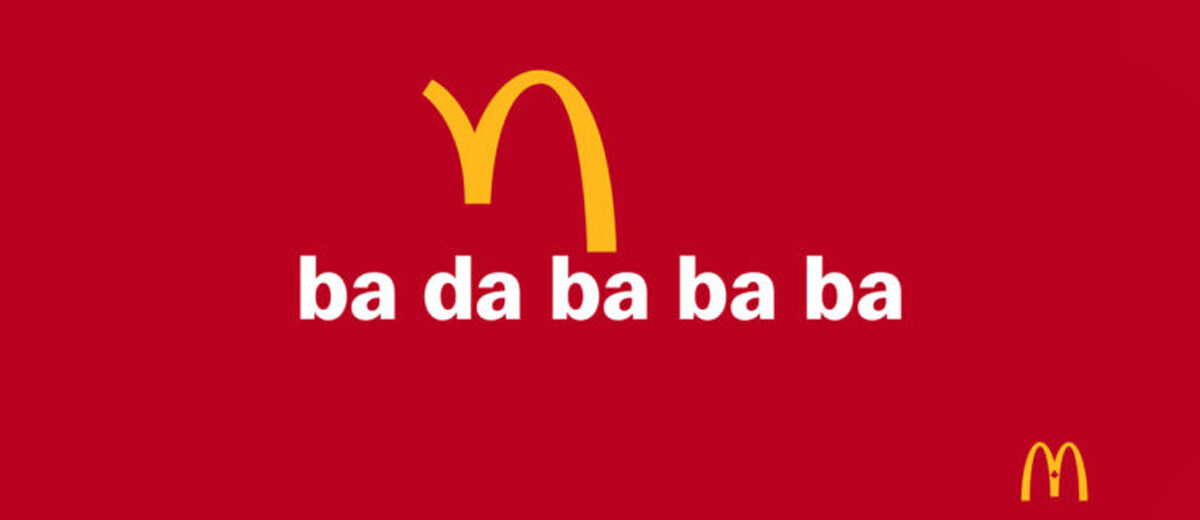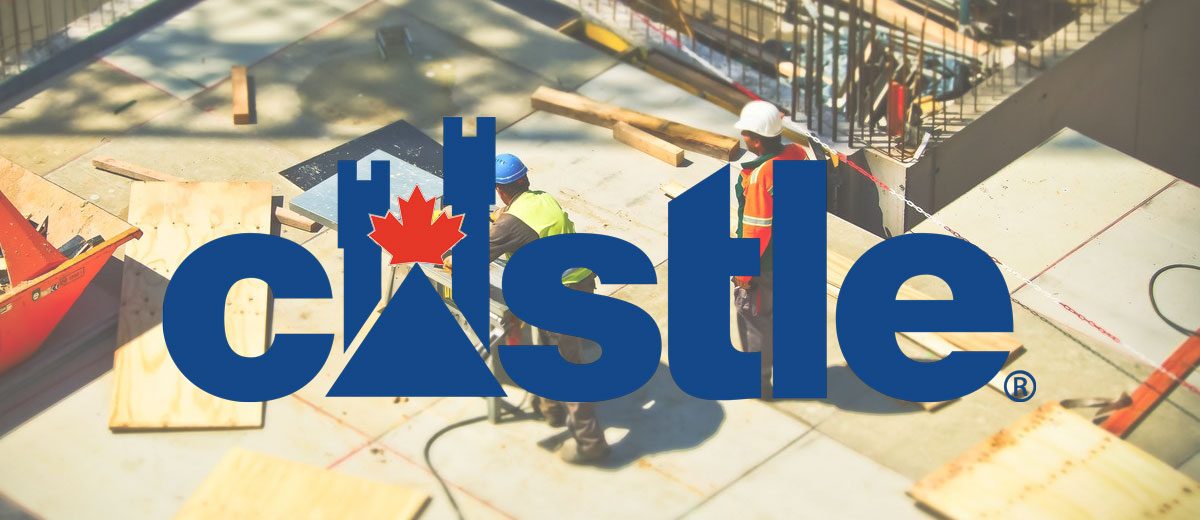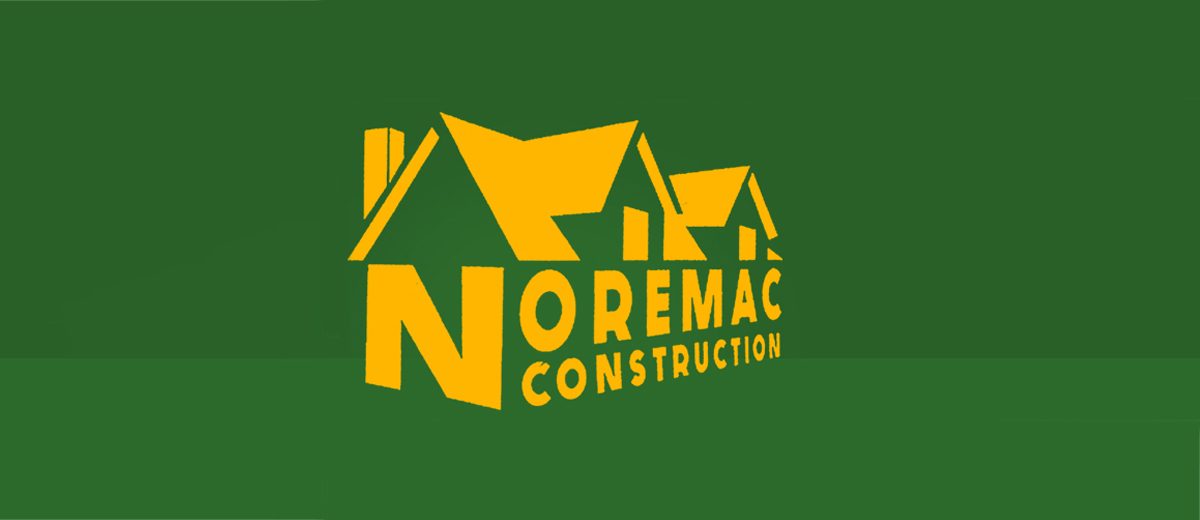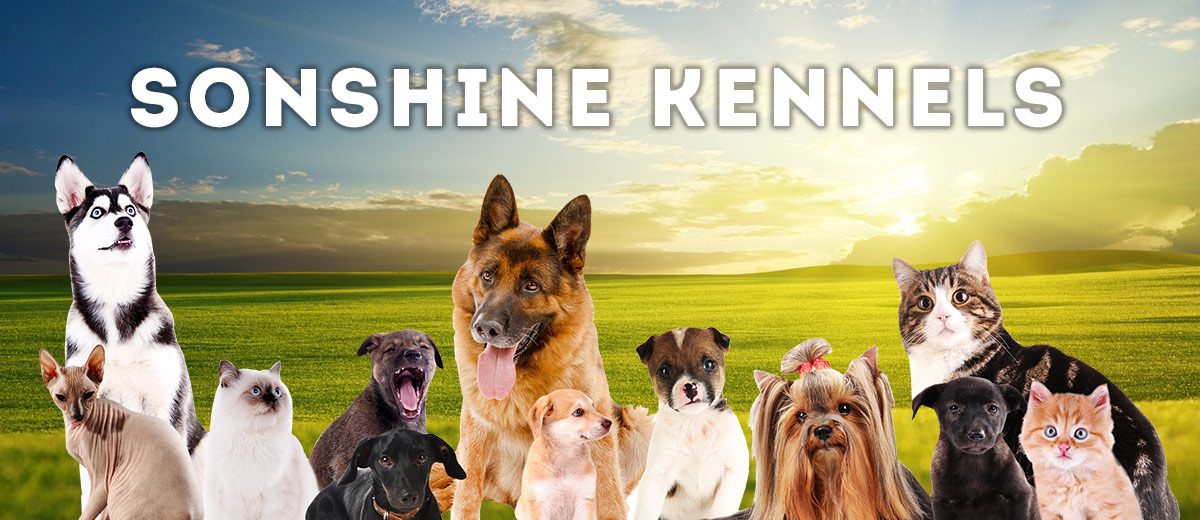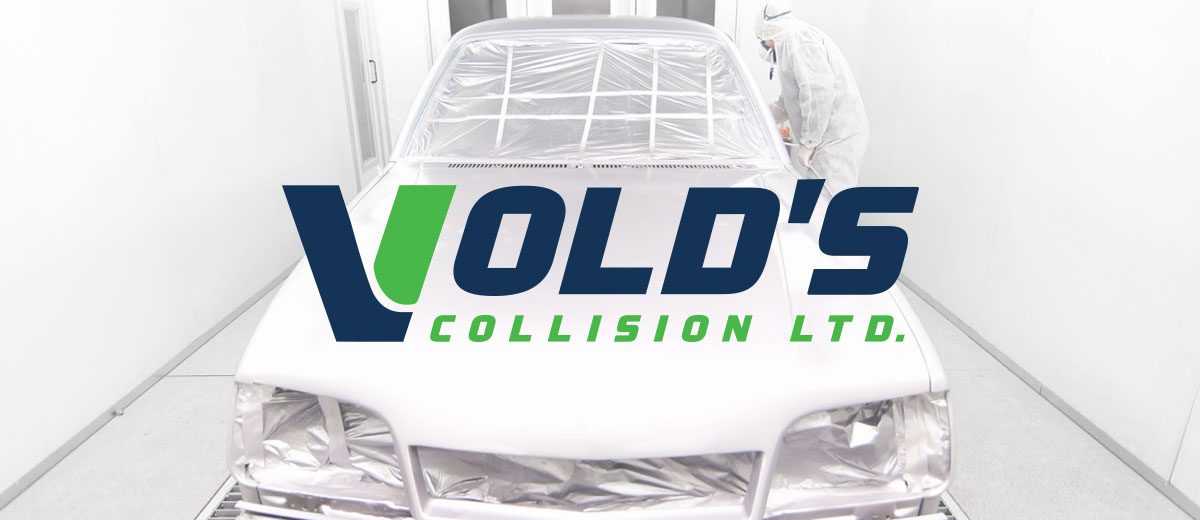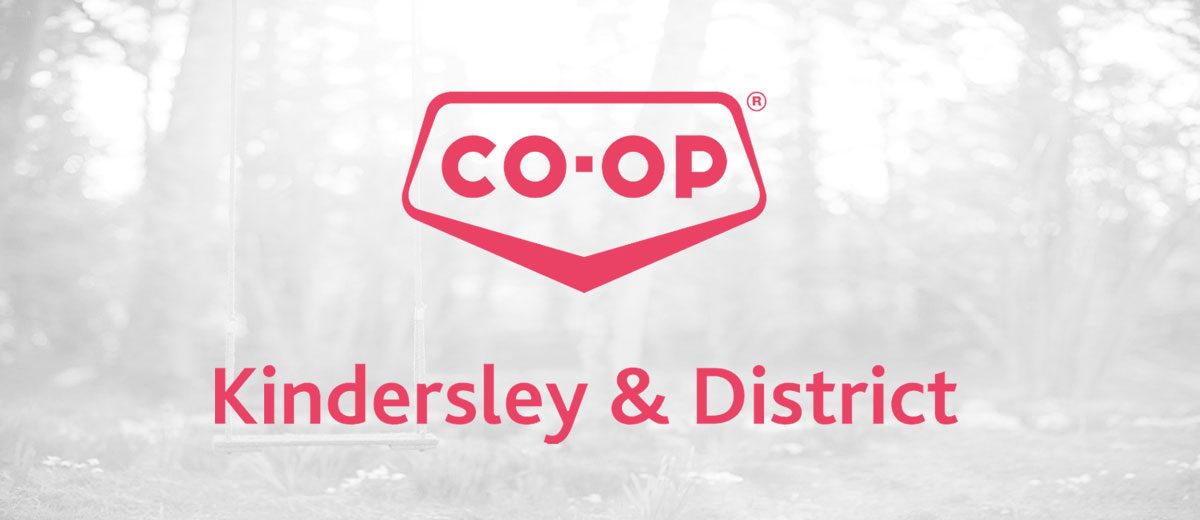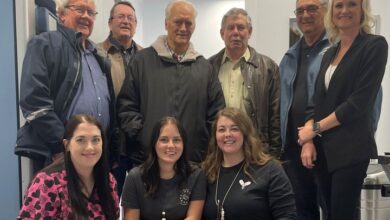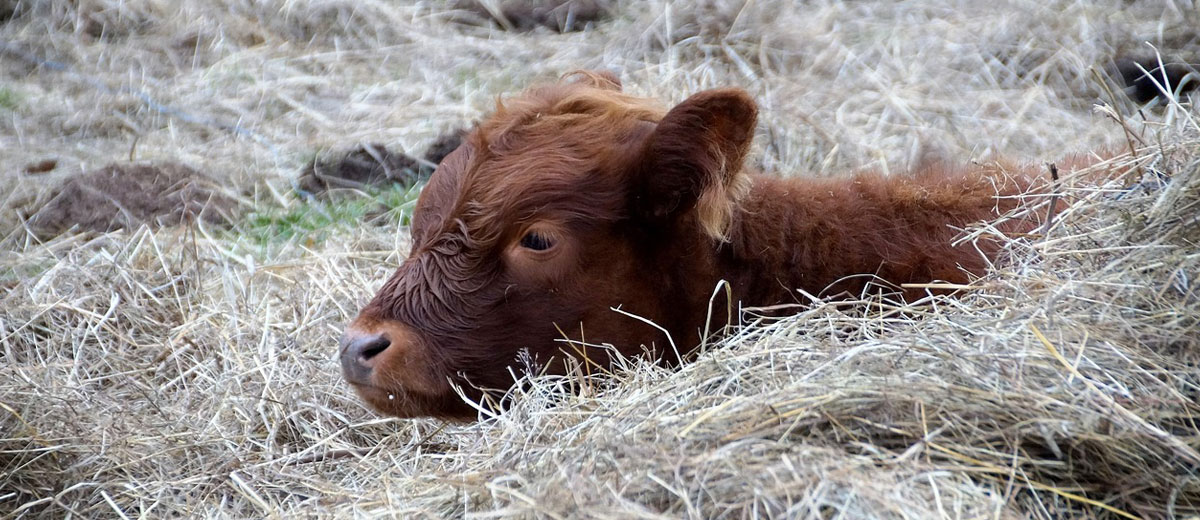
Field Backgrounding of Calves
By Travis Peardon, PAg., Livestock and Feed Extension Specialist, Outlook
Backgrounding describes the 100 to 150-day post-weaning period when calves are fed with the intention of growing frame, while limiting fat deposition before finishing. In Saskatchewan, calves are typically weaned around 500 to 600 lbs. and backgrounded in a drylot setting until they reach 800-850 lbs. As margins continue to tighten in the cow-calf industry, Saskatchewan researchers are studying new backgrounding methods to increase economic sustainability.
During field backgrounding, calves are wintered in large paddocks. Feed is still delivered daily, with the same goals as traditional backgrounding. Portable wind break panels and feed bunks are used for shelter and feeding. Presently, data on the subject of field backgrounding is limited.
A recent study at the Livestock and Forage Centre of Excellence is underway to provide more information. During the winter of 2019-2020, the first phase of a three-year project began comparing field feeding to traditional drylot feeding. This project was postponed for the current winter but plans are in place to continue in fall of 2021.
During the study, upon arrival, all calves were treated with an antibiotic, received vaccinations, ivermectin and a growth implant. After two weeks, calves were randomly allocated to either a drylot or field pen. The trial consisted of two drylot pens of 100 calves each and two field paddocks of 100 calves each. Paddocks were approximately 30 acres in size and fenced with three barbwires and one high-tensile electric wire. Windbreak panels and feed bunks at the extensive sites were moved each week in an attempt to evenly distribute manure in the field paddocks.
Calves in both treatments received a barley silage based ration. Feed was not limited and intake was measured throughout the trial. As shown in Table 1, performance between the two groups was similar. Average daily gain of the drylot calves was slightly less than the field calves at 2.26 lbs./day versus 2.43 lbs./day. However, the field calves ate more each day compared to the drylot calves at 21.23 lbs./day versus 18.61 lbs./day. This is likely due to field calves exerting more energy with the opportunity to exercise in a large paddock.
Table 1
| Item | Drylot Backgrounding | Field Backgrounding |
| Start Weight (lb.) | 624 | 623 |
| Final Weight (lb.) | 912 | 935 |
| Body Weight Change (lb.) | 289 | 312 |
| Days on Feed | 128 | 128 |
| ADG (lb./day) | 2.26 | 2.43/td> |
| DMI (lb./day) | 18.61 | 21.23 |
| Feed: Grain | 8.28 | 8.73 |
The environmental benefits of field backgrounding will be assessed in future years of the project. Predicted benefits include improved use of excreted nutrients, reduced use of fossil fuels from hauling manure from pens for mechanical spreading on cropland and reduced need for commercial fertilizer.
Costs associated with each feeding method will be assessed after the project is complete. Initial outlay for pen setup was less for field feeding than drylot feeding. Before switching to extensive sites, producers should consider added setup costs and the extra time required to feed field pens versus drylot pens.
Though only one year of data is available, backgrounding calves in a field setting looks promising. If economically viable, this practice could lead to increased calf retention past weaning in Saskatchewan. It might also allow expansion of existing operations with minimal capital inputs. Field backgrounding is another example of how producers in Saskatchewan can adapt to be more sustainable in the long run.
For the latest information and for more updates on everything Kindersley ‘Like’ the Kindersley Social Facebook page below…



